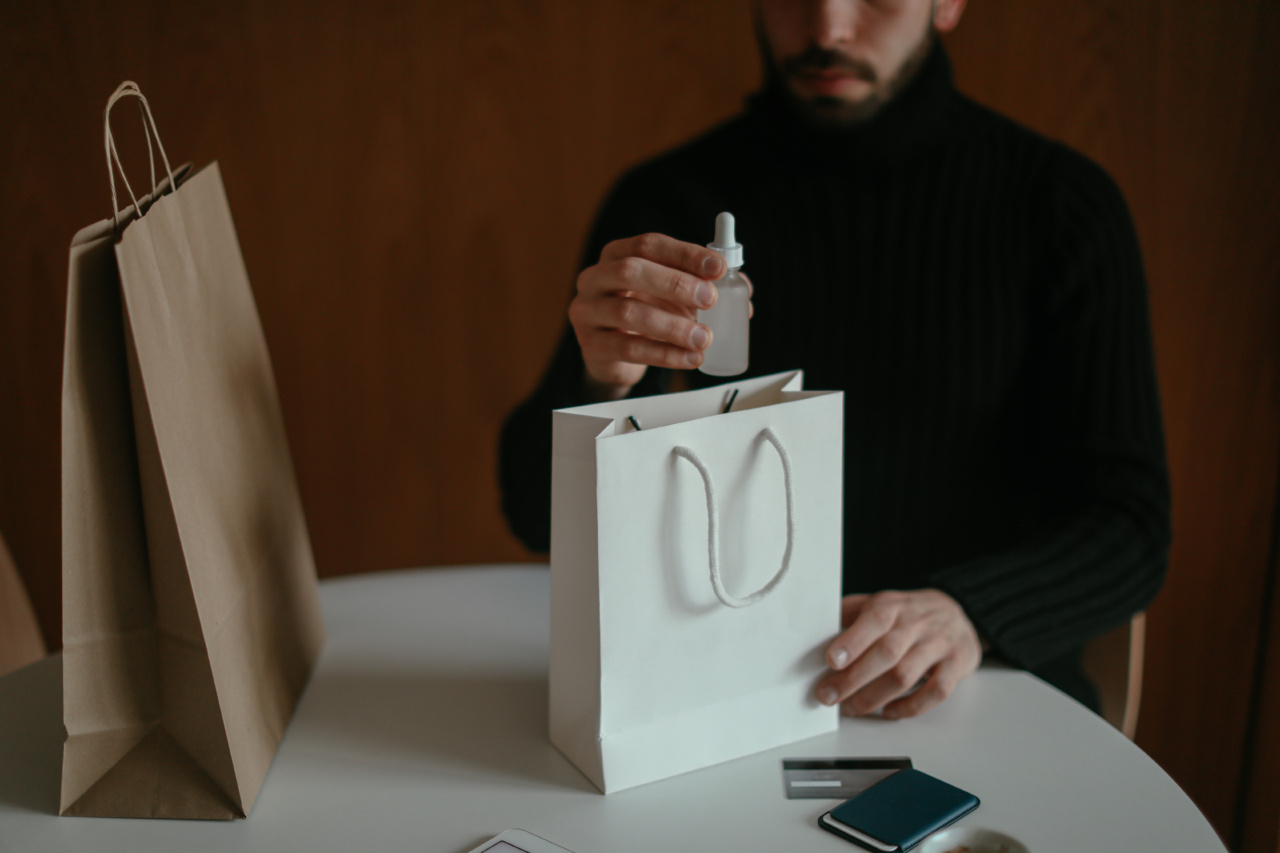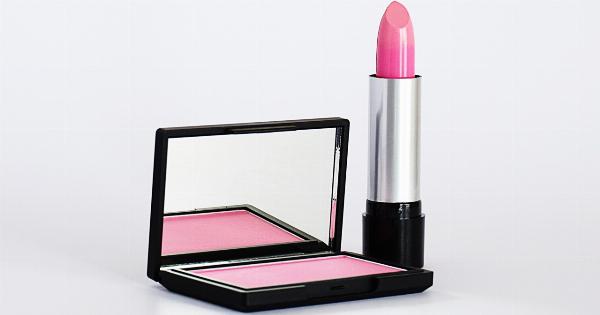When it comes to skincare and beauty products, many of us invest a significant amount of time and money to ensure our complexions remain healthy and radiant.
We carefully select the products that suit our specific needs, spending hours reading reviews, researching ingredients, and comparing prices. However, one crucial aspect that tends to get overlooked is checking the expiration dates of these beauty products.
The Importance of Expiration Dates
Beauty products, just like perishable goods, have a shelf life. The expiration dates printed on their packaging aren’t just there for decoration; they serve a vital purpose.
These dates indicate the period during which the product is guaranteed to remain stable and effective when stored properly.
Using expired beauty products can have various negative consequences for your skin and overall health. It’s easy to dismiss these dates as trivial or assume that they only matter for consumable products like food or medicine.
However, the truth is that expired beauty products can harm your skin, cause irritation, and increase the risk of infections.
The Consequences of Using Expired Beauty Products
1. Reduced Effectiveness: As a beauty product ages beyond its expiration date, its ingredients may start to break down, rendering it less effective. The product may not deliver the promised results, leaving you disappointed and dissatisfied.
2. Skin Irritation: Using expired products can irritate your skin, leading to redness, itchiness, dryness, rashes, and other allergic reactions. This is particularly true for skincare products that come into direct contact with your skin.
3. Infections: Expired beauty products can become a breeding ground for bacteria, fungi, and other harmful microorganisms. Using contaminated products increases the risk of skin infections, acne breakouts, eye infections, and even more severe conditions.
4. Worsening of Existing Skin Conditions: If you have specific skin issues like acne, eczema, rosacea, or psoriasis, using expired products can worsen these conditions.
Expired ingredients may cause further inflammation or trigger allergic reactions in sensitive skin.
5. Decreased Sun Protection: Many skincare and makeup products contain sunscreens or SPF. Over time, the effectiveness of these sun protection ingredients diminishes, leaving your skin more vulnerable to harmful UV rays.
Applying expired products with weak or expired sunscreen can put your skin at risk for sunburn, premature aging, and even skin cancer.
Understanding Expiration Dates
Beauty products typically have either an expiration date or a Period After Opening (PAO) symbol. Understanding how to decipher these labels is vital to ensure the optimal use of your products and protect your skin.
An expiration date is usually stated as “Exp,” followed by a date (month and year) or a specific timeline (e.g., “Use within 12 months of opening”).
It indicates the date after which the manufacturer no longer guarantees the product’s effectiveness or safety.
The PAO symbol looks like an open jar and includes a number followed by the letter “M” (M for months). This symbol indicates the number of months the product is considered safe to use after opening.
For example, if the PAO symbol shows “12M,” it means the product is safe to use for 12 months after first opening.
Extending the Shelf Life of Beauty Products
While it’s crucial to pay attention to expiration dates, there are steps you can take to extend the shelf life of your beauty products and maximize their use.
1. Proper Storage: To ensure longevity, store your beauty products in a cool, dry place away from direct sunlight. Exposing them to extreme temperatures, humidity, or light can accelerate their deterioration.
2. Keep Lids Tightly Closed: Oxygen and moisture can contribute to the breakdown of products. Always tightly close the lids of your beauty products after each use to minimize their exposure to air.
3. Use Clean Hands or Tools: Avoid introducing bacteria or contamination by using clean hands or tools when applying products. Scoop creams with a clean spatula or use disposable applicators for products in jars.
4. Avoid Pumping Air: Products in pump bottles tend to stay fresher longer since they minimize contact with both air and bacteria. Avoid pumping the bottle excessively, as it can introduce more air into the product and speed up its expiration.
5. Don’t Share Products: Sharing beauty products can lead to cross-contamination, introducing new bacteria and shortening their lifespan. Always use your own personal products and avoid sharing them with others.
When to Say Goodbye
Despite your best efforts, every beauty product will eventually reach its expiration date. While it might be tempting to use products beyond this point, it’s essential to know when to bid them farewell.
1. Changes in Texture or Smell: If a product shows signs of separation, changes in color, texture, or develops an unpleasant smell, it’s time to part ways with it.
Such changes indicate that the product has likely gone bad and could cause harm to your skin.
2. Passed Expiration Date: Respect the expiration date or PAO symbol and discard the product once it has expired. Using it beyond this point increases the risk of adverse reactions and diminishes its effectiveness.
3. Allergic Reactions: If you develop any allergic reactions, irritation, or abnormal skin changes after using a beauty product, it’s essential to discontinue its use immediately.
Consult a dermatologist if necessary to identify the ingredient causing the reaction.
The Bottom Line
Paying attention to beauty product expiration dates is not just about following guidelines; it’s a vital aspect of maintaining your skin health and overall well-being.
Using expired products can lead to various adverse effects, from skin irritation and infections to decreased sun protection and worsened skin conditions. By understanding expiration labels, storing products correctly, and knowing when to let go, you can ensure that your beauty routine remains safe and effective.





























